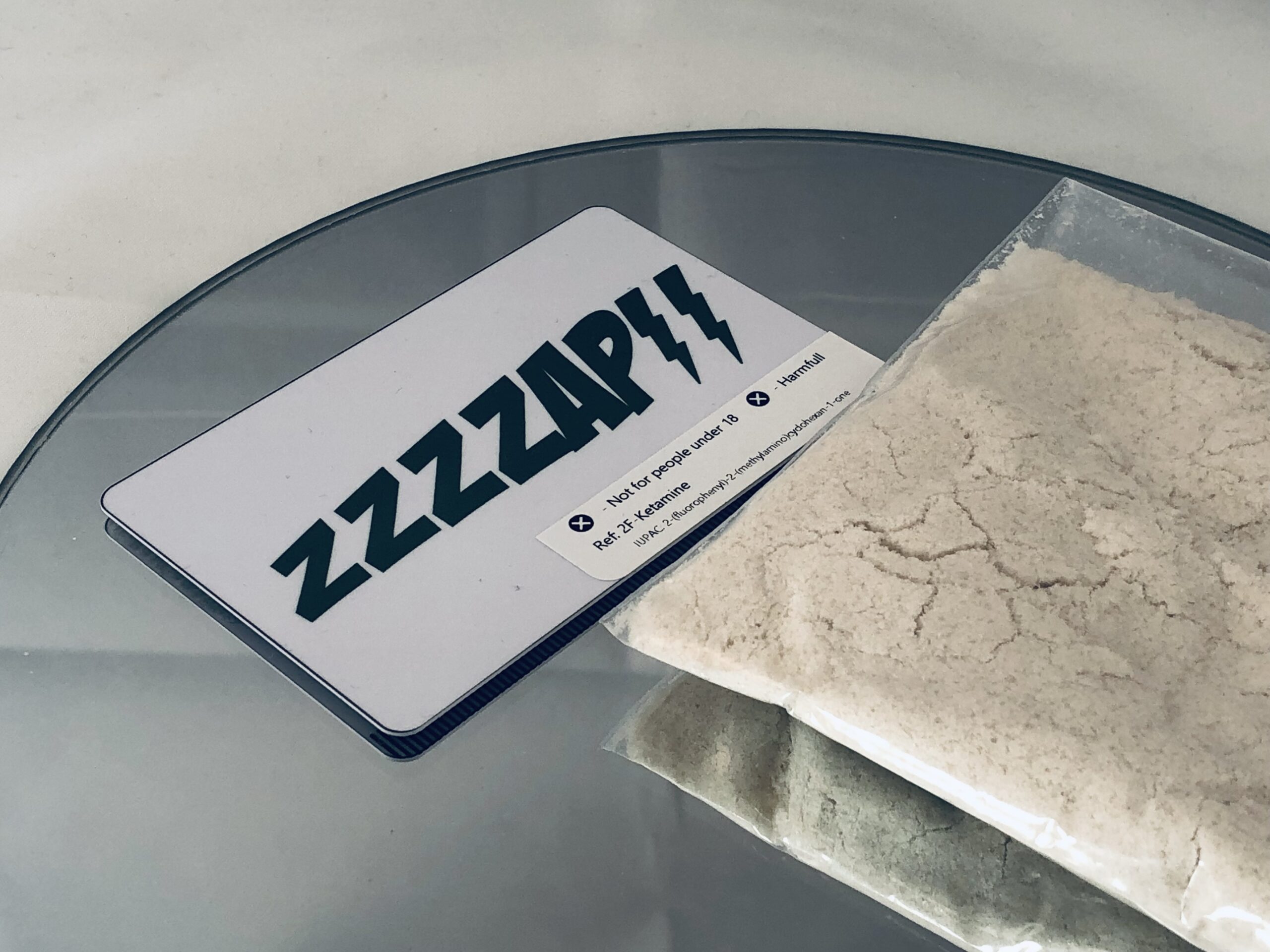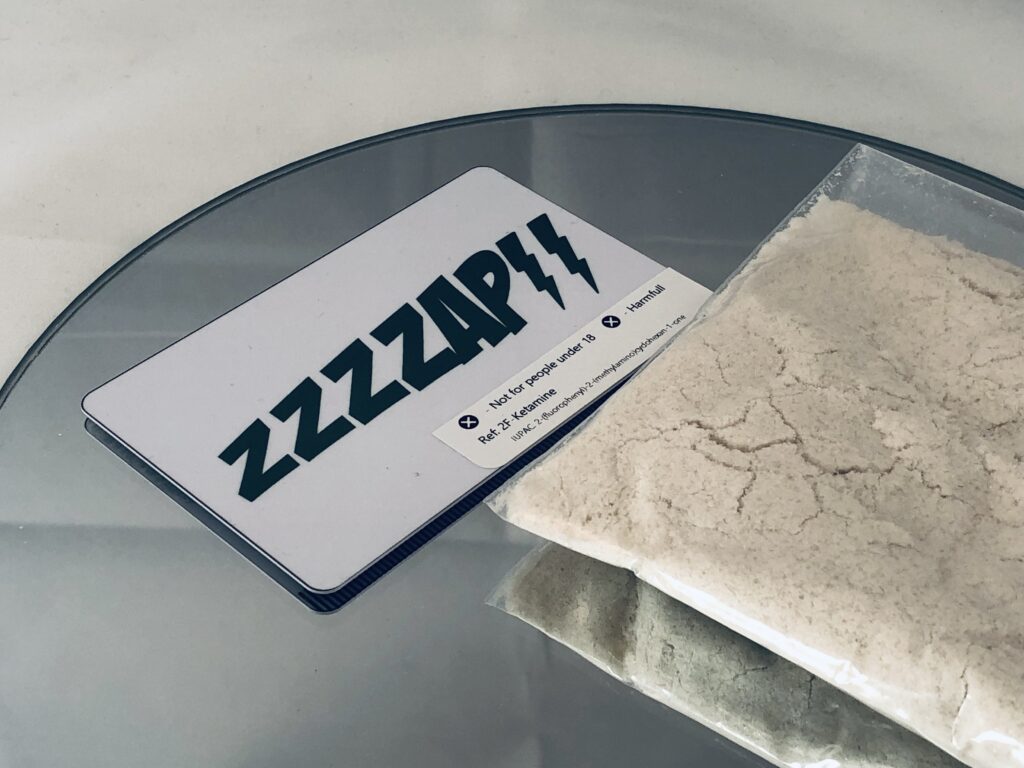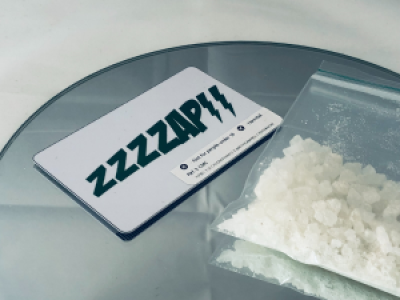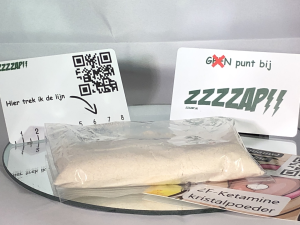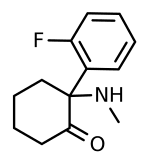Ketamine as medicine
Ketamine is a drug that was originally developed as an anesthetic, that is, a means of reducing pain and anesthetizing patients during surgical procedures. It was first introduced in the 1960s and has since become an important tool for anesthesiologists and surgeons around the world.
But in recent years, ketamine has also been increasingly used as a treatment for a wide range of mental disorders, including depression, anxiety disorders and post-traumatic stress disorder (PTSD).
Although ketamine is not approved as a treatment for these conditions by the U.S. Food and Drug Administration (FDA) and other regulatory agencies around the world, numerous studies have shown that it can be effective in reducing the symptoms of these disorders. Some patients have even found benefit from ketamine treatments so that other medications and therapies had not proven effective.
But how does ketamine actually work? It turns out that the drug has a number of different effects on the brain, each of which plays a role in the treatment of mental disorders.
-
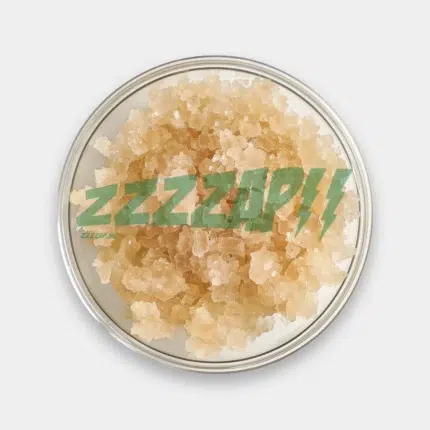 5-MeO-DMT powder (freebase)From €22,00
5-MeO-DMT powder (freebase)From €22,00
Ketamine disrupts the receptor
First, ketamine is an NMDA receptor antagonist, meaning it blocks the action of a certain type of receptor in the brain. This receptor, called the N-methyl-D-aspartate (NMDA) receptor, is involved in the regulation of mood, memory and other cognitive processes. By reducing the activity of this receptor, ketamine can reduce the symptoms of mental disorders.
Second, ketamine is a fast-acting antidepressant, meaning it can reduce symptoms of depression within hours. This is unlike traditional antidepressants, which take weeks or even months to work. It is not yet entirely clear how ketamine achieves this effect, but it appears to be related to the activation of a certain type of receptor in the brain.
Third, ketamine is a powerful anti-inflammatory. There is increasing research into the role of inflammation in the development of mental disorders, and there is evidence that ketamine can help reduce inflammation in the brain.
All these effects make ketamine a promising treatment option for patients with mental disorders. However, there are also some possible side effects associated with the drug, including hallucinations, dissociation, and increased blood pressure. Therefore, it is important that ketamine is only used under the supervision of a medical professional.
Taking ketamine
There are several ways to administer ketamine as a treatment for mental disorders. One of the most common methods is via intravenous infusion, in which a solution of ketamine is injected directly into the bloodstream. This can be done on an outpatient basis, where the patient stays in a clinic for several hours for treatment, or as an inpatient in a hospital setting.
Another method is through intranasal administration, which uses a nasal spray to inhale ketamine. This method is less invasive and can be used at home, but it takes longer for the effect of the ketamine to be noticeable and the duration of action is generally shorter.
A third method is through ketamine infusion pumps, in which a small amount of ketamine is continuously injected into the bloodstream through a device attached to the patient's body. This method can offer the patient more freedom and flexibility than the intravenous infusion, but it can also be more expensive.
Although more research is still needed to determine the safety and efficacy of ketamine as a treatment for mental disorders, the results so far are promising. Many patients have benefited from ketamine treatments and some have even experienced long-lasting improvement in their symptoms.
Conclusion
Nevertheless, ketamine offers hope for patients suffering from depression, anxiety and other mental disorders that do not respond to traditional treatments. Ketamine's potential as a medicine is one of many examples of how science is continually discovering new ways to improve and treat people's health.

